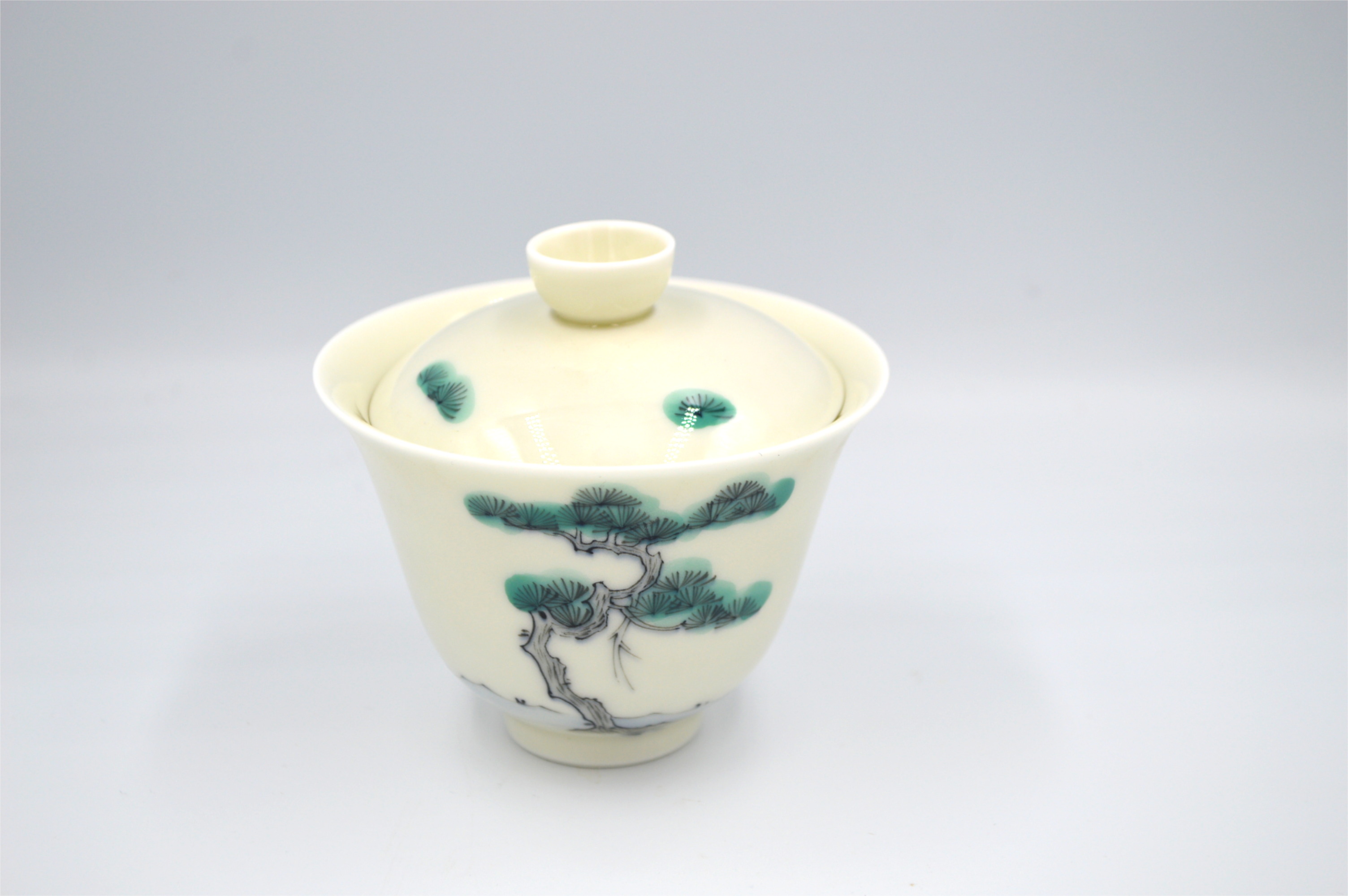Description
Material: porcelain (1250-1280℃)
Size: 7.7*8.4cm (120ml)
Introduction:
Dehua kiln is located in Dehua, Fujian Province, so it is named. As a famous porcelain kiln, it is one of the important producing areas of ancient export porcelain in Fujian coastal area. It is found that there are 180 kiln sites from the Song Dynasty to the Qing Dynasty. Dehua porcelain is an art treasure in the firing of Chinese ceramics, which began in the Song Dynasty and developed greatly after the Ming Dynasty. It is famous for its white porcelain statues. Its exquisite production, exquisite carving and vivid modeling reflect the outstanding talent and artistic creativity of the ancient working people.
Dehua white porcelain is characterized by dense porcelain quality, excellent light transmittance, pure white glaze, bright color and milky white. Under the near light perspective, pink or milky white appears in the glaze, so it is called “lard white”, “ivory white”, “goose down white” and “China White”. Dehua white porcelain, which is as white as jade, exquisite and elegant, is regarded as the representative of Chinese white porcelain, which is called “Blanc de China”.
The process of making this kind of porcelain is as follows: they dug a kind of soil from the ground and built it into a large pile. They let the wind blow, the rain beat and the sun shine, and never turned it over. It took 30 to 40 years. After this treatment, the texture of the clay becomes more purified and refined, which is suitable for making the above-mentioned vessels. Then, the clay is smeared with glaze of appropriate color, and the porcelain is put into the kiln or furnace for firing. Therefore, people dredge and pile up soil to store materials for their children and grandchildren to make porcelain. A large number of porcelain are sold in the city. One Venetian silver coin can buy eight porcelain cups. Marco Polo’s introduction aroused strong interest in the West.




















